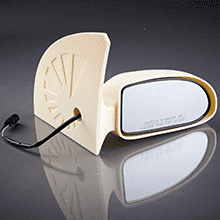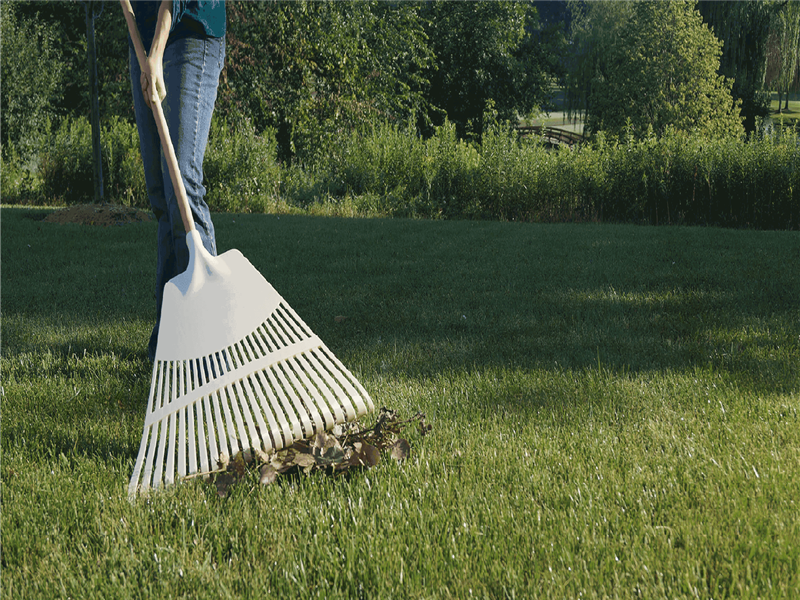FDM Stratasys ASAStratasys ASA Strong, UV resistant FDM material available in 10 colors for rapid prototyping and production parts. Max Build Size Min Build Size 5 x 5 x 5 mm Default Layer Height 0.15 mm Optional Layer Heights 0.15 mm Tolerance ┬▒0.2% (with a lower limit of ┬▒0.2 mm) Up to 98 Ōäā Smooth ŌśģŌśģŌśģ Detail ŌśģŌśģŌśģ Accuracy ŌśģŌśģŌśģŌśģ Rigidity ŌśģŌśģŌśģŌśģ Flexibility ŌśģŌśģŌśģŌśģ Available ColorsWhite
, Black
, Grey
Available Post ProcessSuitable For Functional prototypes and end products, Not Suitable For Cavities within design (unless making use of escape holes), Additional InfoOutdoor-use production parts benefit from the strength, color choice and UV resistance of ASA material. From electrical housings and brackets to sporting goods and automotive prototypes, ASAŌĆÖs ease of use also make it a great choice for iterative design. For superior aesthetics in consistently high-quality parts, ASA provides UV stability and 10 color choices for all-purpose prototyping. The material’s UV resistance makes it well-suited for end-use parts for outdoor commercial and infrastructure use. Soluble support material enables hands-free removal.
Feature
3D PrinterMaterial Spec Sheet
Fused Deposition Modeling is used to build your design with this material. The principle is simple. You can compare it with a hot glue gun into which you put sticks of glue. The glue is heated up until it melts and is then pushed through a fine nozzle in the front of the glue gun. In an FDM printer, a long plastic wire is used in place of glue. It is fed from a spool to the nozzle where the material is liquefied and ŌĆśdrawnŌĆÖ on the platform where it immediately hardens again. The nozzle moves to drop the material at the correct location, drawing your model line by line. When a layer is drawn, the platform lowers by one layer thickness so the printer can start with the next layer. When your model contains overhanging sections, the printer needs to build supporting material. Since the material of the model cannot be deposited in the air, the support material prevents it from falling down. This support material is fed through another nozzle. Afterward, when the model is put into a bath with special soap, the support material dissolves.
|








